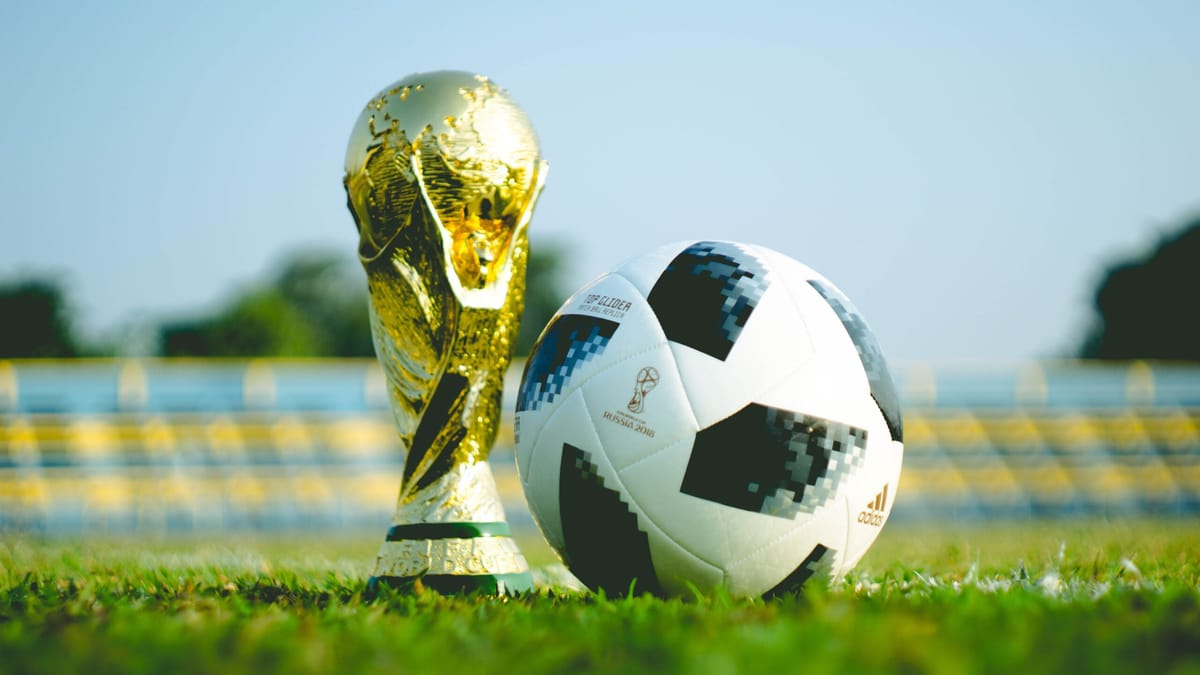CONIFA: A Better Alternative for International Football

By James Ethan Byrne, BA Global Development Studies & Economics
FIFA’s scandals have been widely publicised. But, even if you’re unaware of the fraud and money laundering of 2015 within the organisation, you are likely to have heard about at least one of the controversies surrounding this year’s World Cup in Qatar.
It would be an understatement to say that the 2022 Qatar FIFA World Cup hasn’t met universal approval. Clearly, in an organisation of this magnitude and influence—football has over 3.5 billion estimated fans—cracks will form, and it makes the beautiful game an ugly business.
Out of these murky shadows, the Confederation of Independent Football Associations (CONIFA) has gained some traction, even though many devoted football fans may have never heard of it before. This is to be expected. As a non-profit organisation formed nearly a decade ago in 2013, currently representing 55 regional, ethnic and de-facto national teams, it’s mostly only known to those involved.
Despite representing over 700 million people through their members across the globe, their vision is simple. Let people play football. In fact, watching an organised game will surprise and possibly confuse most, with possible matches including Yorkshire vs. Kiribati or Matabeleland FC vs. the Australian First Nations.
“Describing their behaviour as being ‘like a mafia family'”
FIFA is such a large organisation with such a massive cultural and economic influence that corruption will take hold of it no matter what. In 2006, it was reported that bribery had been commonplace for decades, with the former chair of the FA, Lord Triesman, describing their behaviour as being “like a mafia family”.
Between 1989 and 1999, 175 bribes worth over $100 million were paid to senior officials to persuade their decisions over marketing contracts. During the 2000s, FIFA made bidding nations agree to tax exemptions, special laws and limitations to workers’ rights for both them and corporate sponsors for the duration of tournaments.
In 2011, during internal elections, the heads of the Bahamas and Surinamese football associations said that they were both paid $40,000 in cash to vote for presidential candidate Mohamed bin Hammam. He was involved in the Qatari bid for the 2022 World Cup.
At this time, FIFA’s secretary general, Jérôme Valcke, had allegedly said that Qatar had bought the 2022 World Cup. Both he and Qatar denied this, with Valcke suggesting that they had “used [their] financial muscle to lobby for support”.
Qatar has also been criticised by the Carbon Market Watch (CMW) regarding their claims of a ‘carbon neutral’ tournament. CMW reports suggest emissions will be 8 times greater than the Qatari analysis.
World Cup chief Nasser Al Khater recently gave firm reassurances that gay fans will be welcome to display affection and rainbow flags and that everybody will feel safe. But many during the build-up to the tournament have viewed FIFA authorities as seeming disinterested in safeguarding the rights of those in the LGBT+ community who might be attending the 2022 World Cup.
CONIFA isn’t riddled with as many problems as FIFA. There are no profit motives, transparency issues, nor is there any jostling for power—the size and vision of the organisation simply do not hold space for corruption to become embedded or for monetary profit to undermine the game.
The most recent CONIFA World Cup in 2018 was held in London, with venues including a local football ground in Bromley, amongst other small clubs. There are no corporate sponsors, and teams must raise the required funds to travel to matches. A crucial aspect of this World Cup is that the competing teams are simply unable to compete in the FIFA tournament, which can be down to their relative size and funding, but it’s usually an issue of politics.
The CONIFA World Cup is a tournament for places and people with little to no political representation, such as Tibet, having been repressed by China for decades. Northern Cyprus, South Ossetia, and Kurdistan are examples of nations with no official recognition by the UN and therefore, FIFA. The teams of Matabeleland, Kárpátalja, Punjab, and Romani people all represent minority ethnic groups. Also, teams from small regions like Sicily, Cornwall, and Hawaii are included in the tournament.
The event allows these teams to not only play but also celebrate their culture and identity without the fear of repression, dismissal, or prejudice. This may be the only time when a group of people can proudly fly their flags and sing their national anthems whilst cheering on a team representing them in an official competition.
Watching a match between any of these nations, you can see and feel that there’s more than football happening on the pitch. The rich cultural traditions of these groups, many of which will never be known to most people, are put on full display.
Ultimately, CONIFA’s vision of an ethical football association creates an environment akin to a local Sunday league game: there’s little to no sponsorship or real money in it; no one needs to bribe the organisers to keep their job, and there’s no underlying resentment from anyone.
It’s football, and that’s all people want.
Photo Caption: Fifa’s ‘Cup of Life’ (credit: Fauzan Sari)



